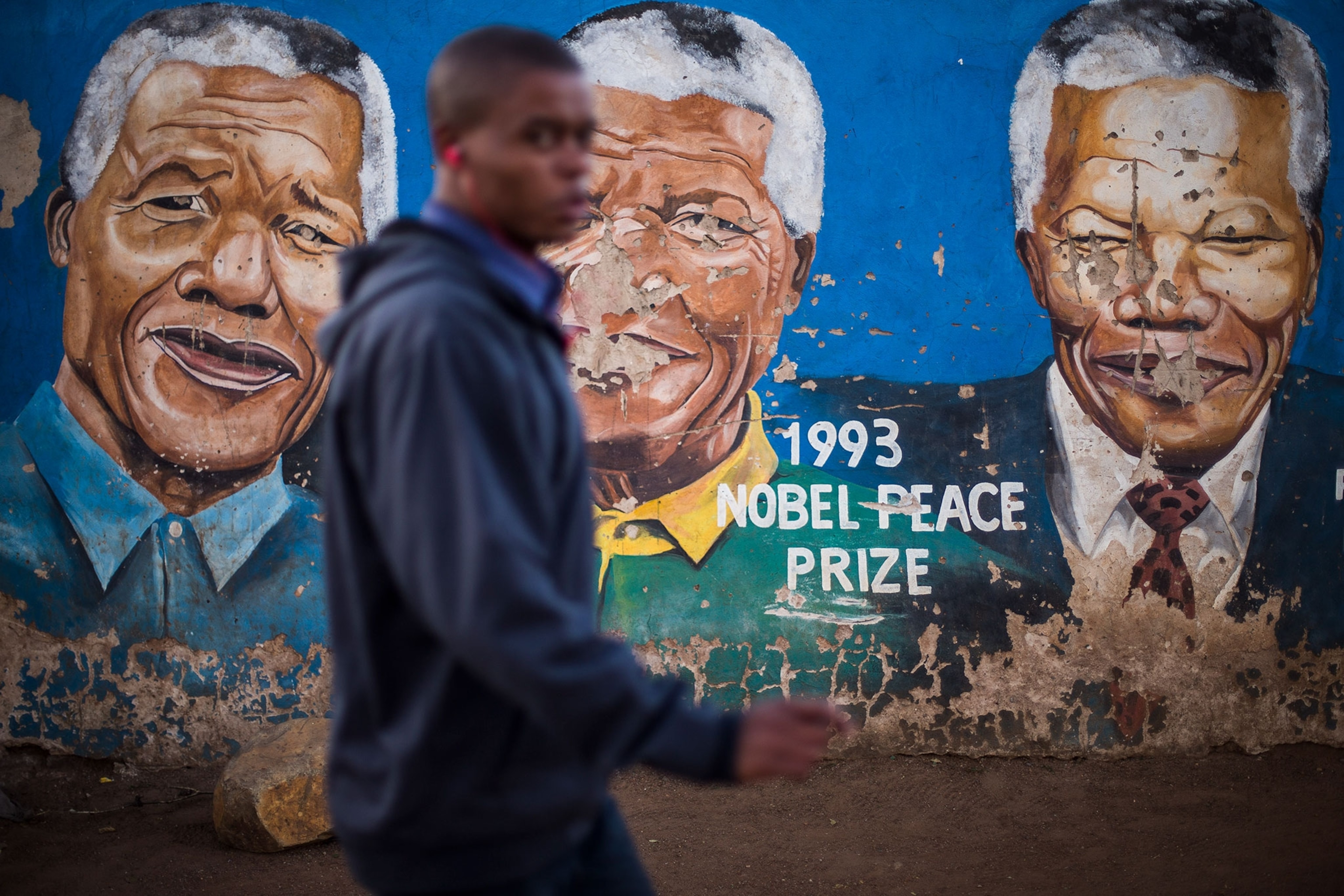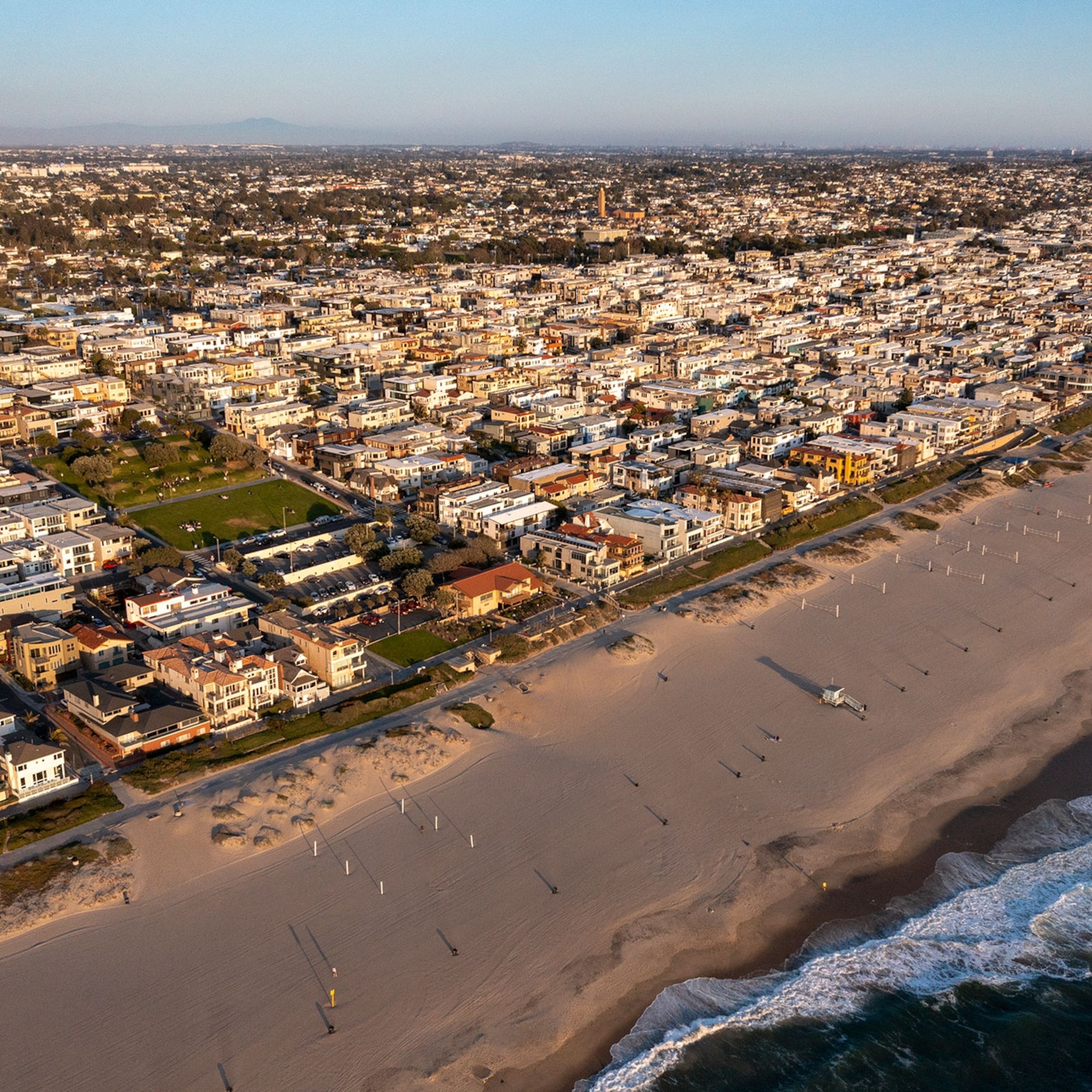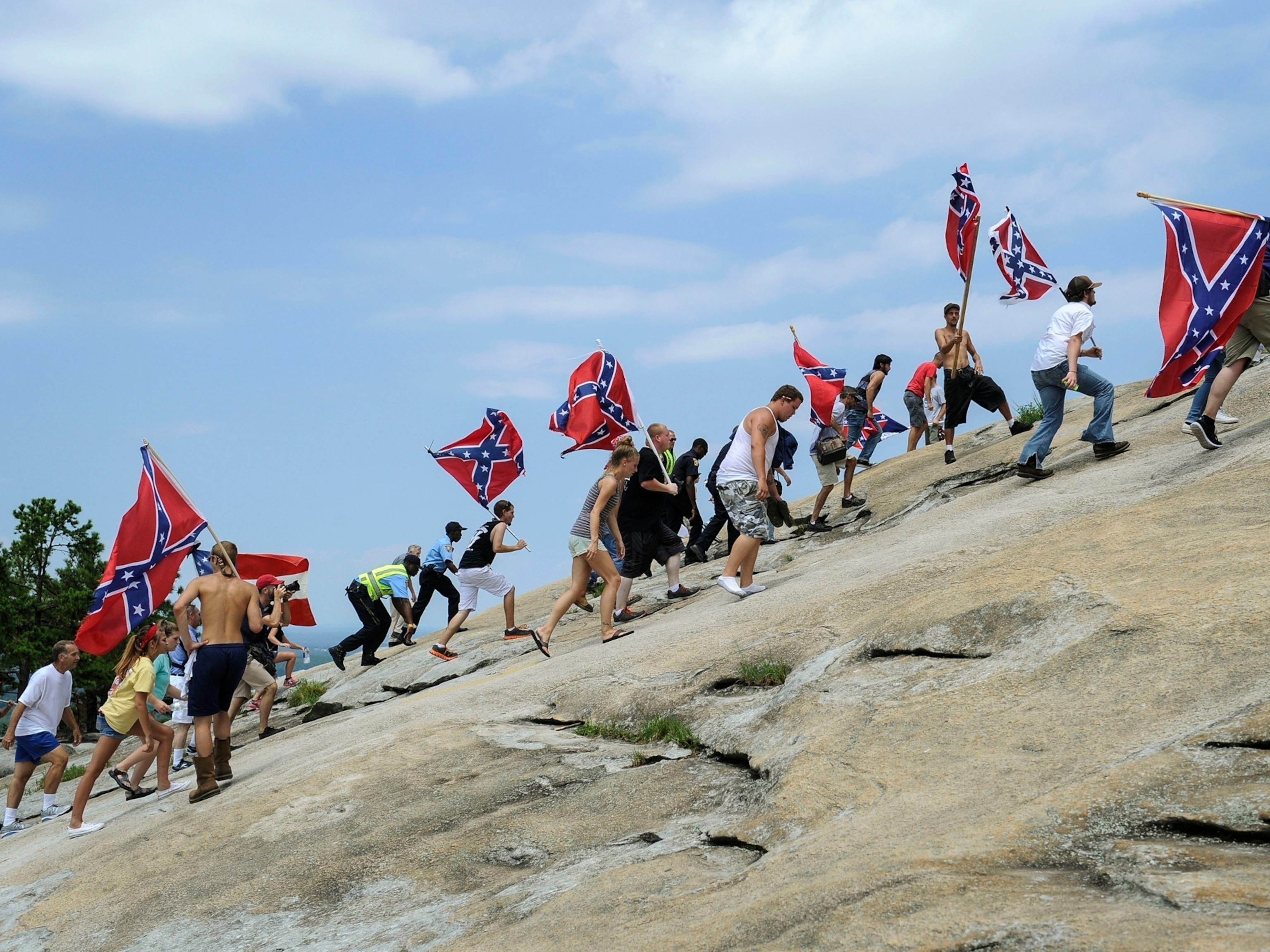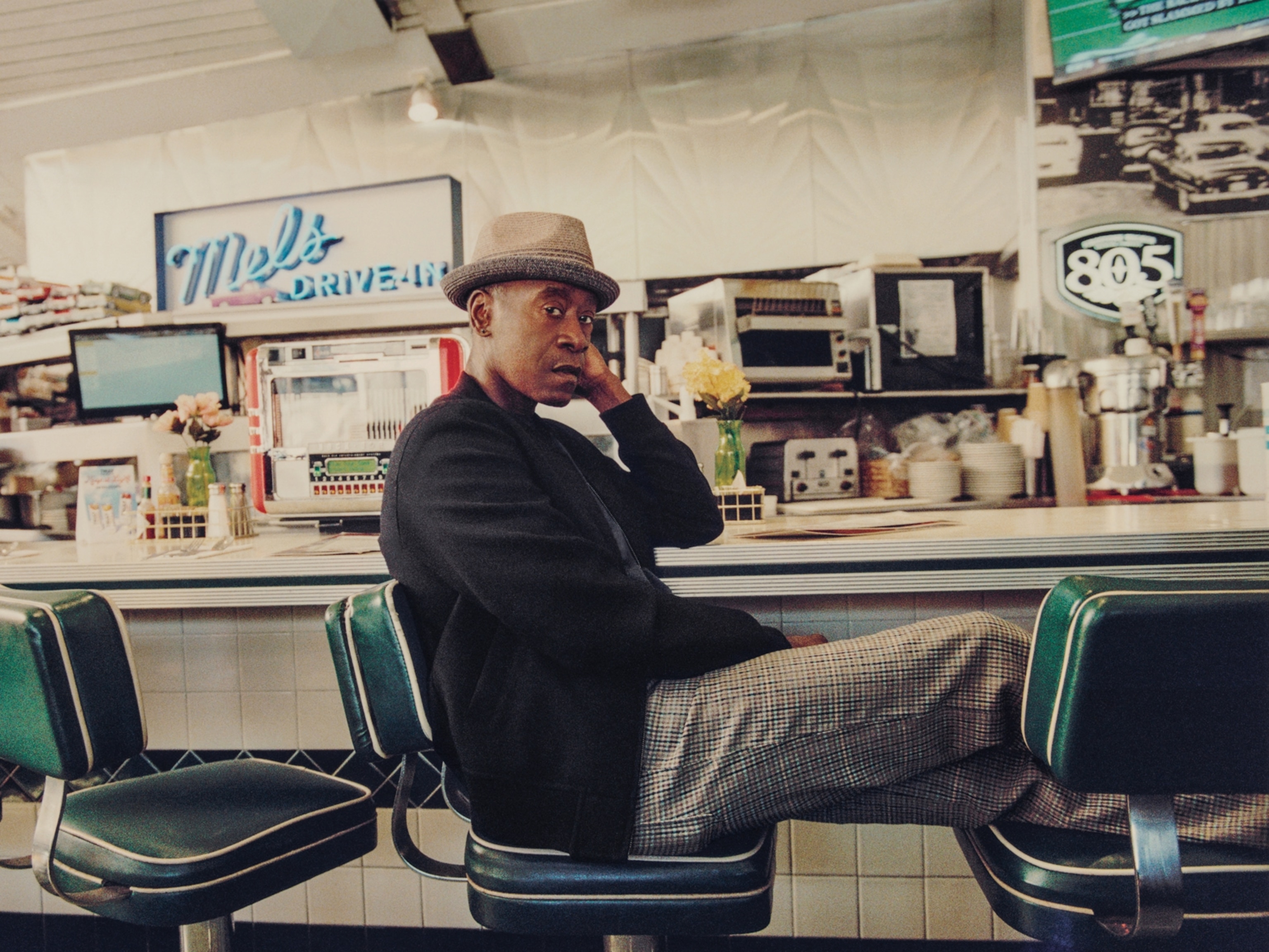Sibonisile Tshabalala was only 18 days old when her mother Thandeka Sidya left her with her grandmother Roseline, in the Johannesburg township of Katlehong.
But she was not heading to a menial job in an office or restaurant in the city center. On April 27, 1994, Thandeka Sidaya wanted to be at the polls when they opened at 8 a.m., to cast her vote for the man whose fearless activism and 27-year imprisonment toppled a legal and economic system that had brutalized non-white South Africans for almost half a century, and fueled decades of international condemnation and protest. Thandeka stood in line for hours, submitted her ballot for Nelson Mandela as first black president of South Africa, and then returned to her newborn so that Roseline Sidya could head to the polls. (See Nelson Mandela's life in pictures.)
“For them, it was too important to miss the chance to vote for the first time,” the 25-year-old industrial engineering graduate says. “They wanted to be able to say that they helped end apartheid.”

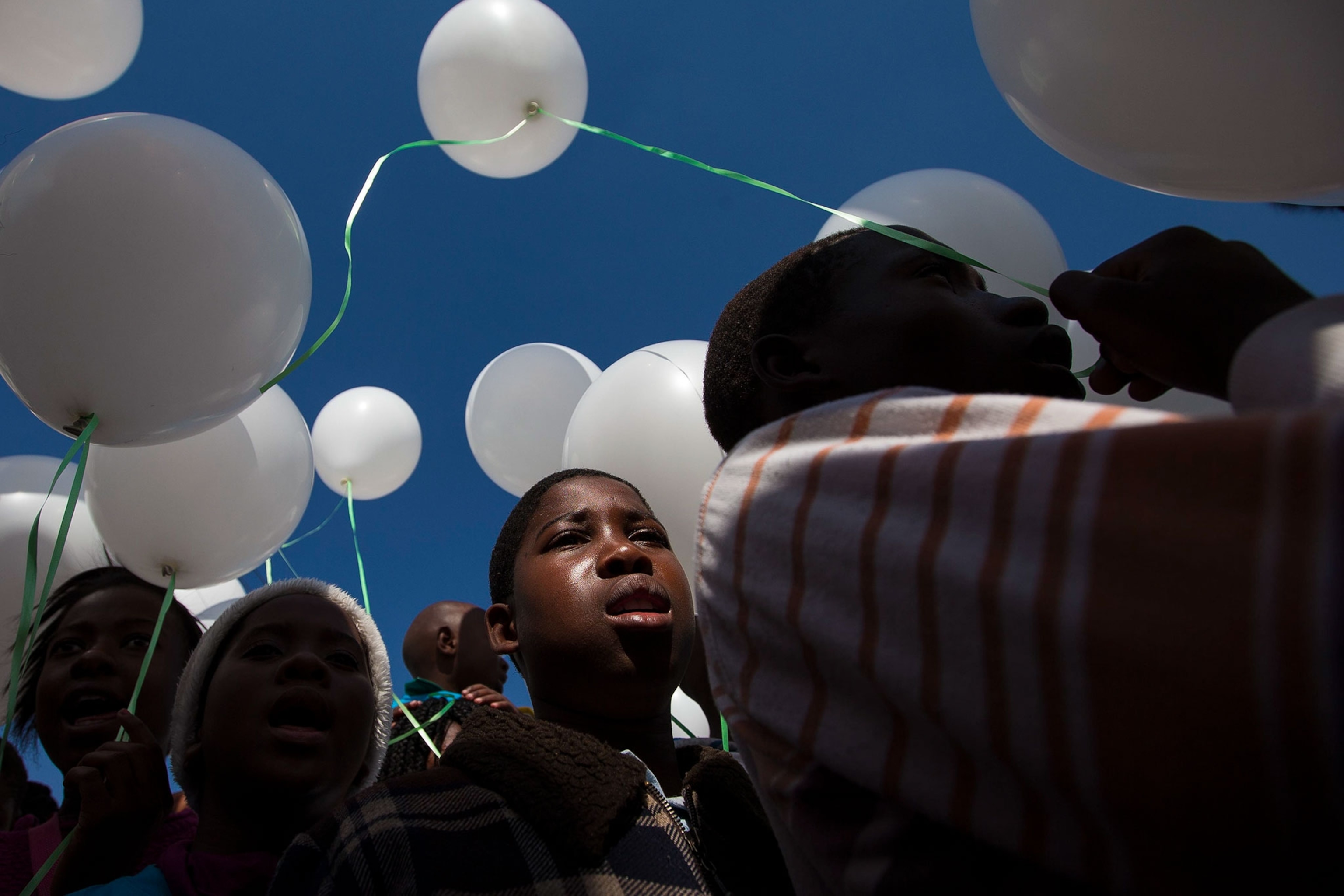

Tshabalala’s birth at the dawn of post-apartheid South Africa places her squarely on the front lines of what legendary South African cleric and theologian Desmond Tutu named the “Rainbow Generation.” They are the first cohort of modern black, biracial and other ethnic groups who would not live under the legal and political system crafted by South Africa’s white minority—largely descendants of late 17th century Dutch colonialists known as Afrikaners—which sanctioned racial segregation and economic discrimination against non-whites.
How ironic, then, that a 34-year-old Dutch woman raised on a houseboat in the Netherlands would one day be a champion for post-apartheid South Africans. When photographer Ilvy Njiokiktjien’s photo book ‘Born Free: Mandela’s Generation of Hope” is released on May 1, it will be the end of a journey that began when she first took a photography course at age 16 during a high school exchange program in South Dakota. Njiokiktjien had actually experienced more diversity as a schoolgirl in Utrecht, with classmates from Morocco, Turkey and Sri Lanka.

By the time she entered a college exchange program at Rhodes University in Grahamstown, South Africa in 2004, Njiokiktjien knew very little about the history of apartheid, and was unprepared for witnessing its painful residue.
“I remember it being quite shocking, the division between whites and blacks. Downtown Grahamstown is beautiful and pristine and looks like a fairy tale. But if you look down that main road, you see this big township that was full of mainly poor blacks, who came into the city center during the day to work or look for work. It may sound naïve, but I was a bit stunned that everything was still so distinctly separate.” (See rare, rescued apartheid-era portraits.)

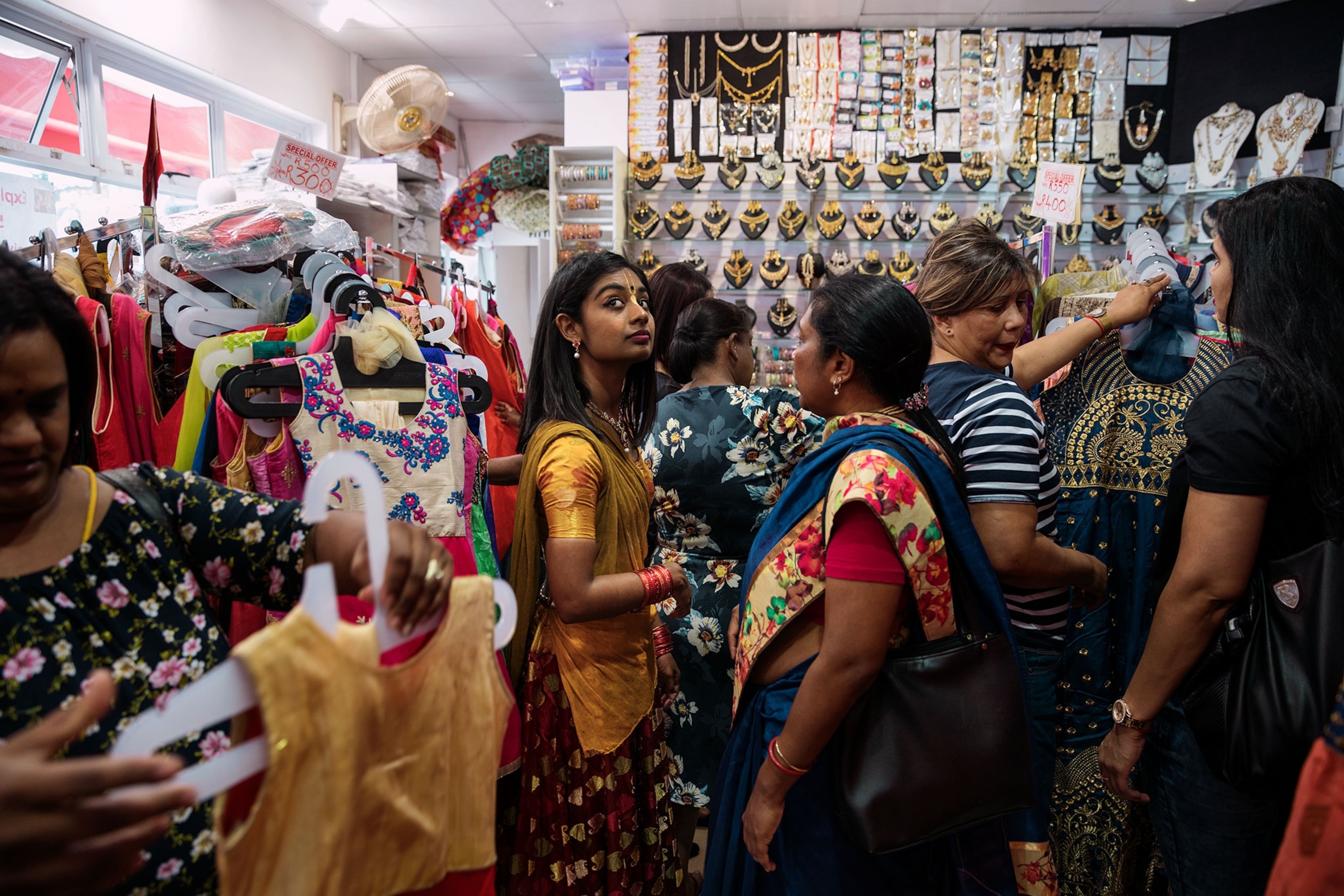
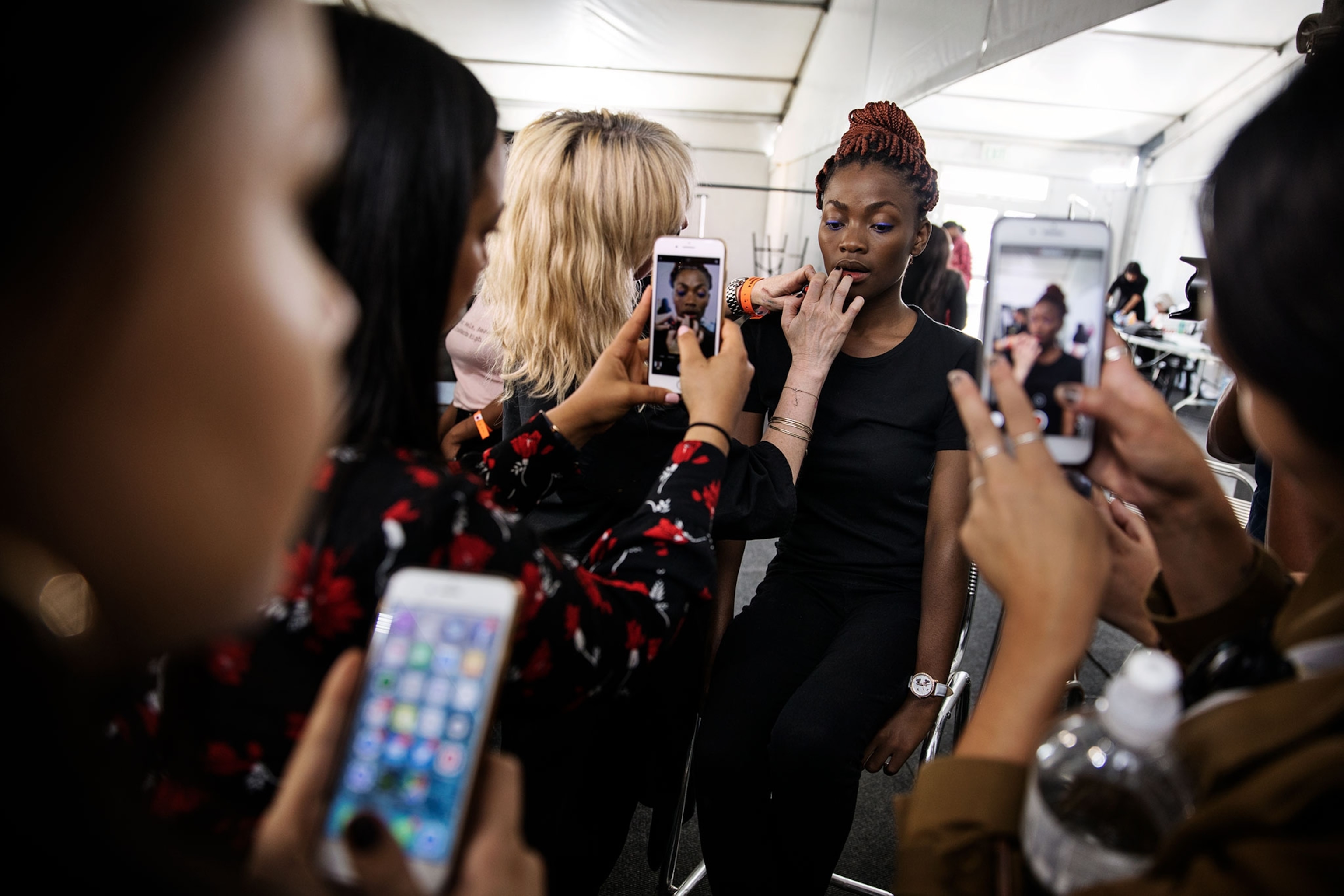
By 2007, when Njiokiktjien was interning at the Star Newspaper in Johannesburg, that idea for her book blossomed.
“I was getting news assignments every day, and I started noticing that there was a lot of protests. That kind of showed me a whole different side of South Africa, that kind of ‘standing up for your rights’ mentality that I wasn’t used to. I saw students fighting for their rights and workers demanding better pay, and it struck me that this may have been occurring more often because apartheid had ended.”

Racial segregation existed in South Africa long before the 20th century. But in 1948, the National Party of South Africa, comprised mostly of descendants of those colonialists, developed an official policy of racial segregation. The Group Areas Act of 1950 also mandated residential and business zones in cities for each racial group, and other races could not live in or own land in those areas. By the late 1950s, more than 80 percent of South Africa’s land was owned by whites, and non-whites had to carry documents allowing them to enter restricted areas. (Read how public transit in Johannesburg is still reckoning with apartheid-era segregation.)

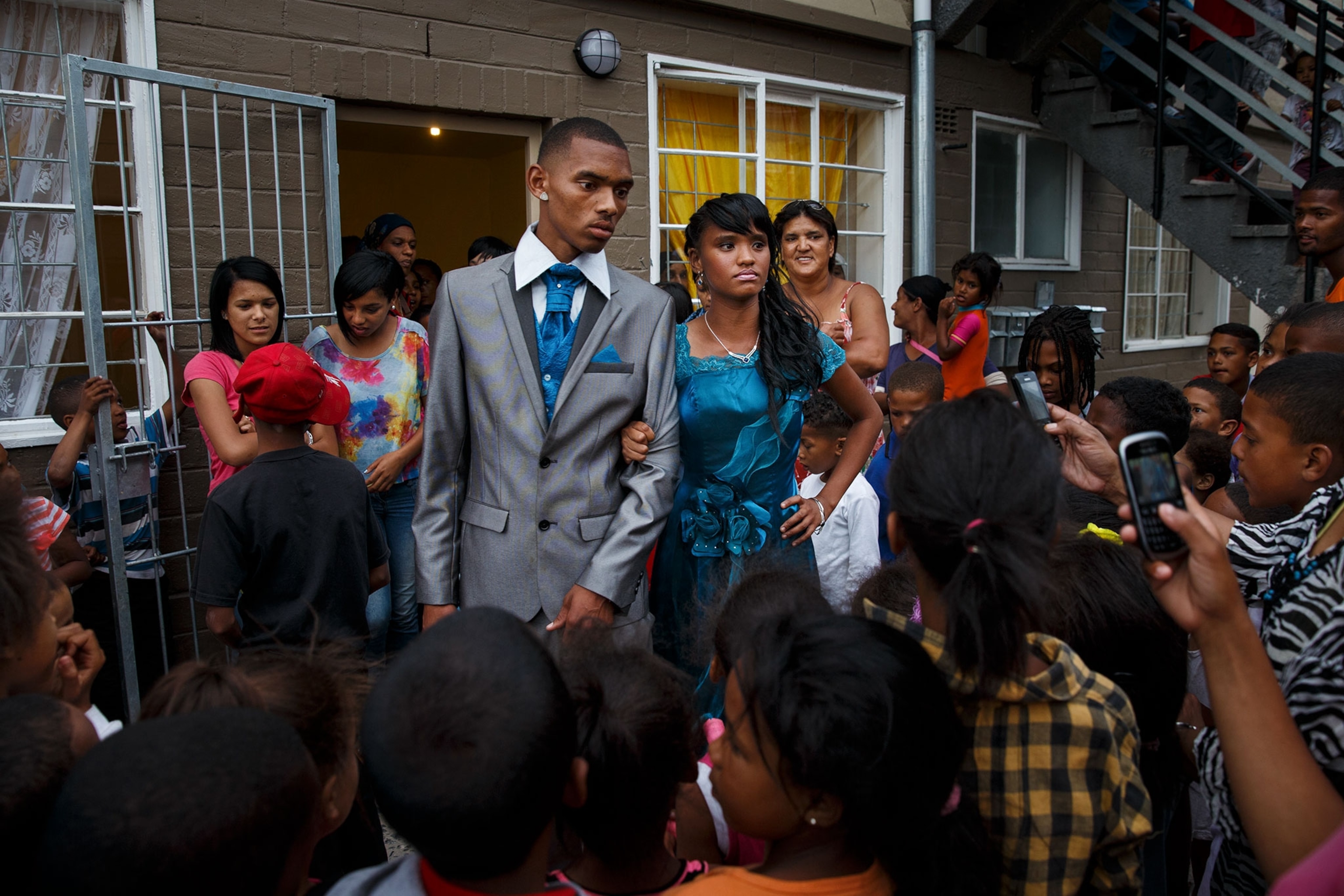
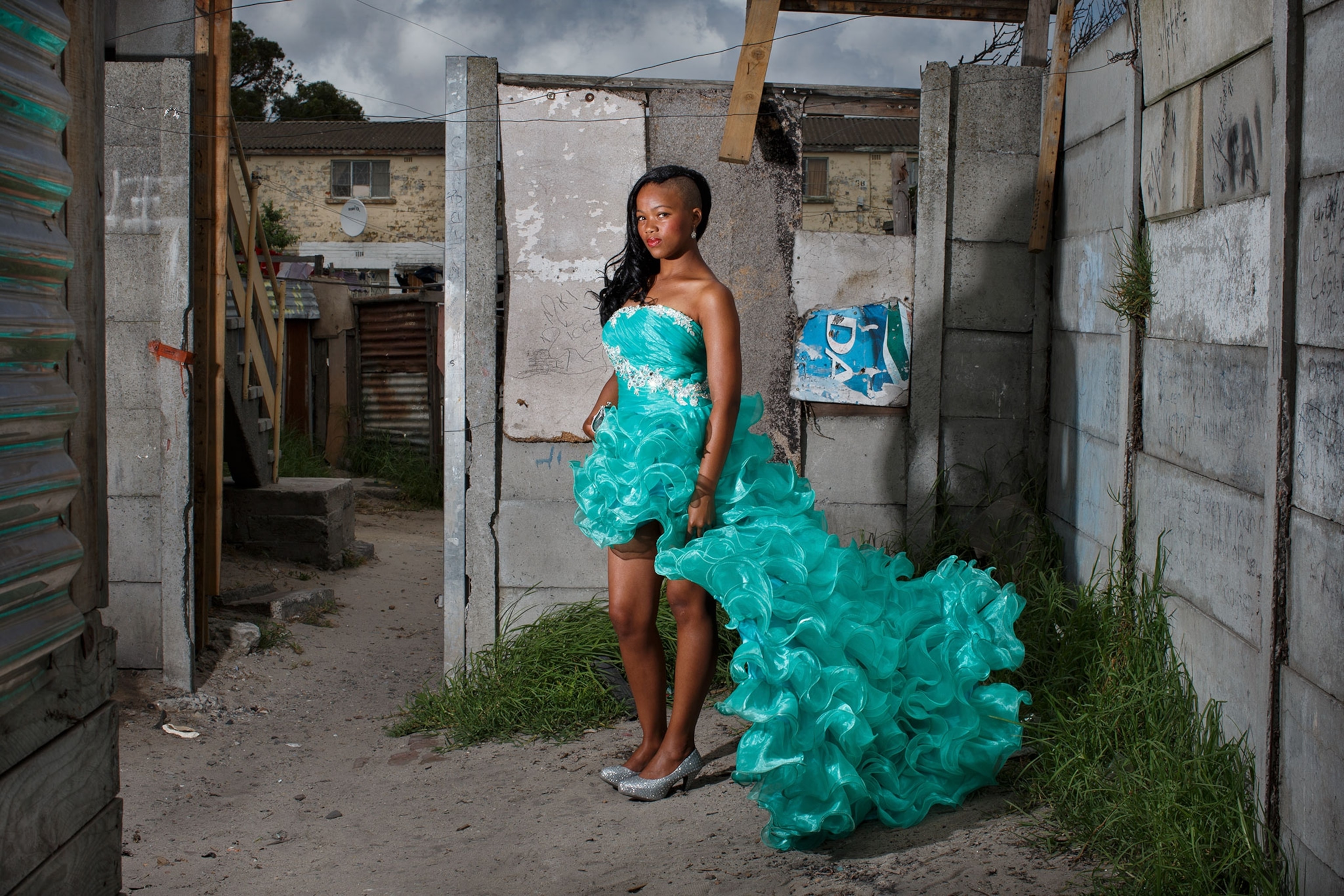
Though that policy is over, the impact remains. For example, 24 year old Darshana Govindram lives in Chatsworth, a suburb of the port city of Durban. It was created to segregate people of Indian descent, and is still majority Indian.
Govindram told Njiokiktjien that she wants to become an airline pilot, but can’t afford the fees. Student protests about high tuition costs have bolstered her spirits, but she still realizes she won’t reach her goal anytime soon. And she recalls her late grandmother saying that life was better in South Africa under apartheid because there was less crime and corruption—an idea she rejects.
Still, many young non-white South Africans describe a Catch-22 situation that makes it hard for them to feel fully free.

Sibonisile Tshabalala, who received her engineering degree on April 9th, her 25th birthday, says she gets a stipend from her contract job with a Johannesburg company. But it’s far less that what some white college graduates are paid for staff positions.
In some ways, Tshabalala says, post-apartheid is still a struggle. “When I look at my white peers, I realize that as hard as I have worked to gain an education, we did not start from the same playing field. My parents, my grandparents, my great grandparents, they suffered. And the consequences are still coming to me as a young black South African.”

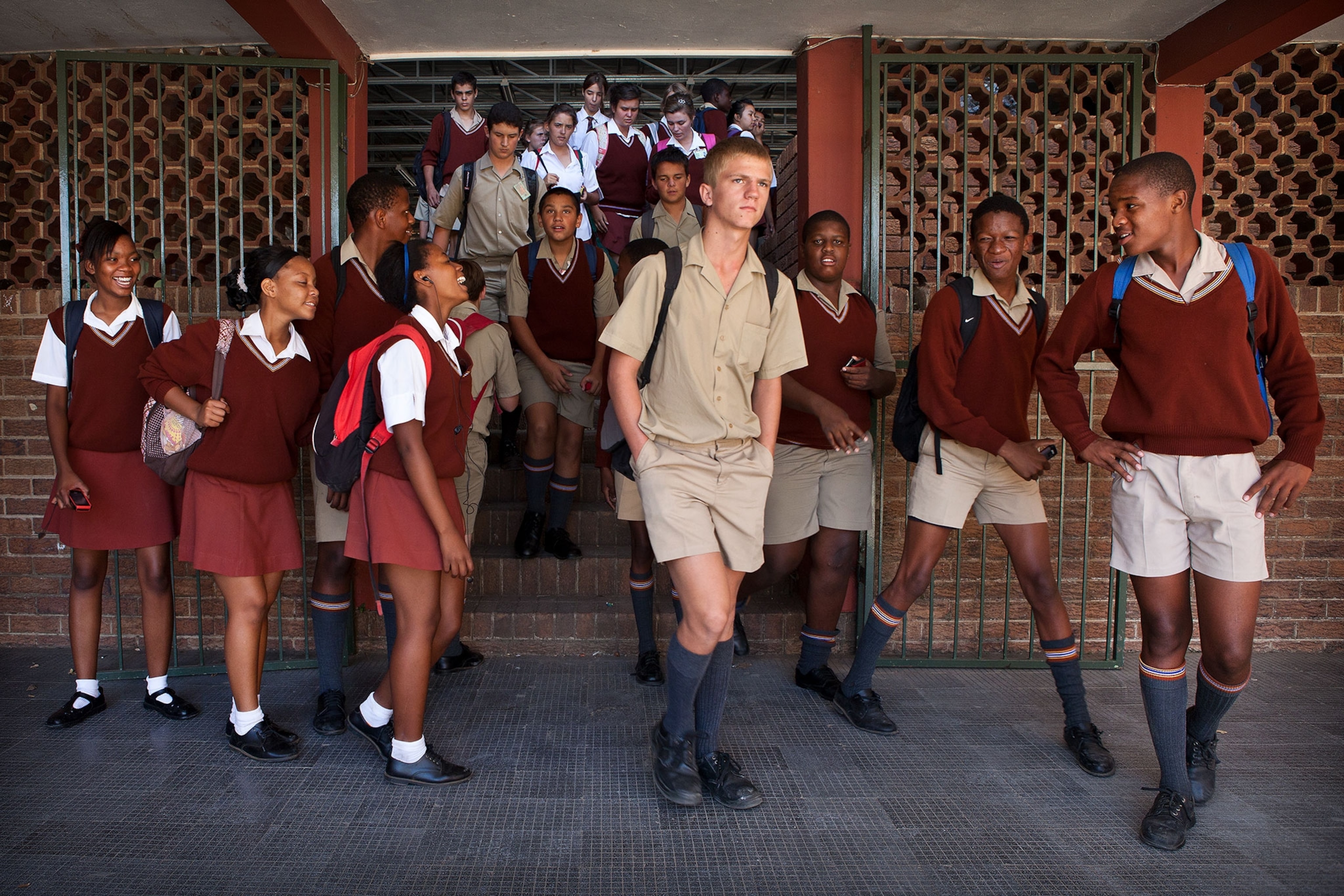

This scenario is common for many aspiring members of the “Rainbow Nation,” who are hit with what’s been coined as the “Black Tax”—the obligation of supporting extended family who weren’t as fortunate as they were. It leaves many youths stuck in second gear, supporting unemployed parents and grandparents, paying school fees for siblings, with no time to think about larger goals.
Njiokiktjien says that the broad range of subjects and life experiences she witnessed while compiling the images took her on a rollercoaster of emotions. So many young people shared their hopes and dreams, but sometimes there was despair about unemployment and crime and xenophobia and violence against the LGBTQ community. It’s only been within this past year that she’s begun to feel more hopeful about the future for the Born Free generation.
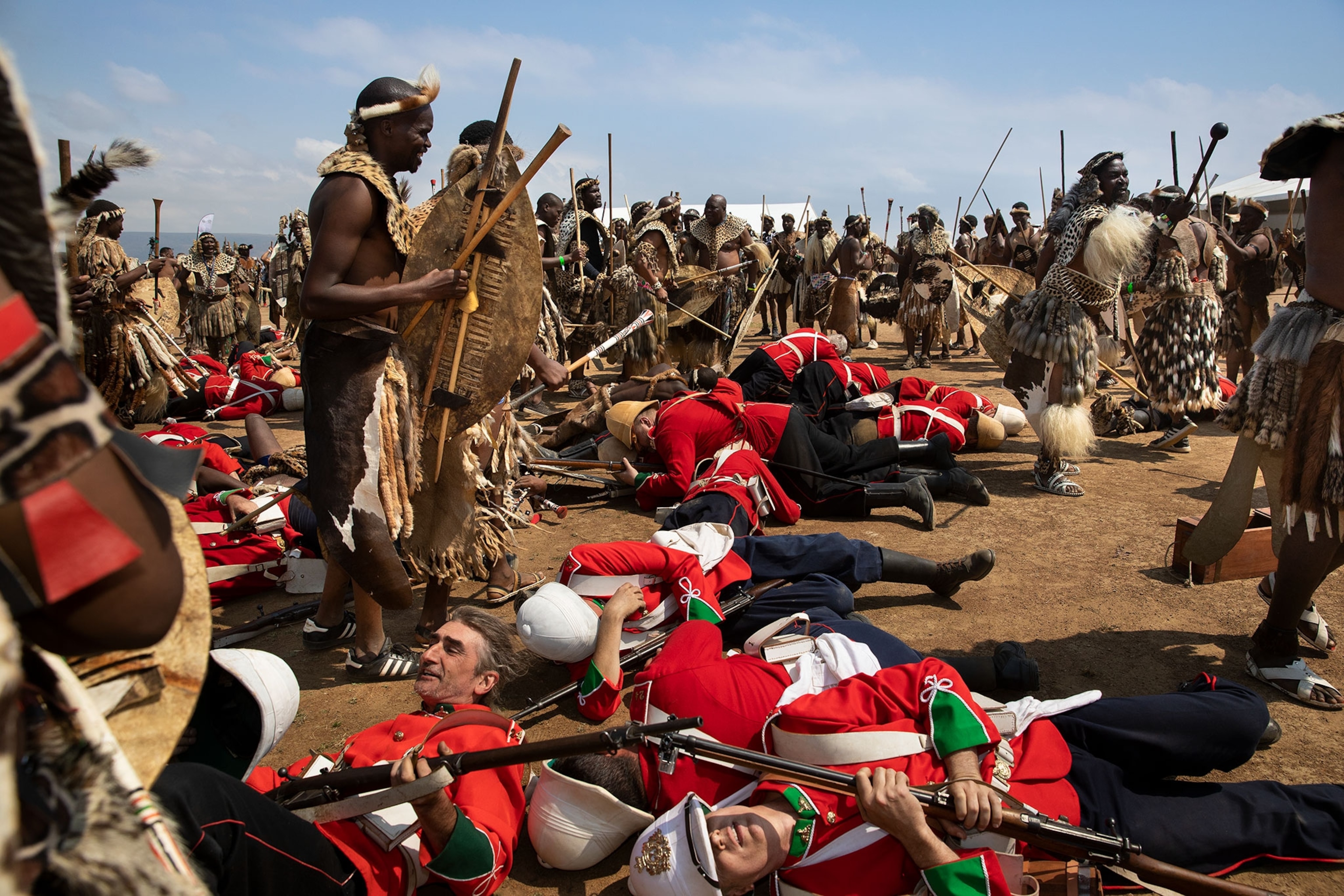
One of the reasons for that epiphany occurred after she met Wilmarie Deetlefs, a 24 year old white Afrikaner, and her boyfriend Zakithi Buthelezi, 27, in Johannesburg. (Related: Track the rise of interracial marriage 50 years after the landmark U.S. Supreme Court ruling.)
Buthelezi is the grandson of prominent Zulu leader Mangosuthu Buthelezi, who was Minister of Home Affairs in South Africa under Presidents Nelson Mandela and Thabo Mbeki. Buthelezi told Njiokiktjien that he has not experienced hostility for having a white girlfriend, but Deetlefs said a taxi driver once snarled at her, “Go get yourself a man of your own color.”


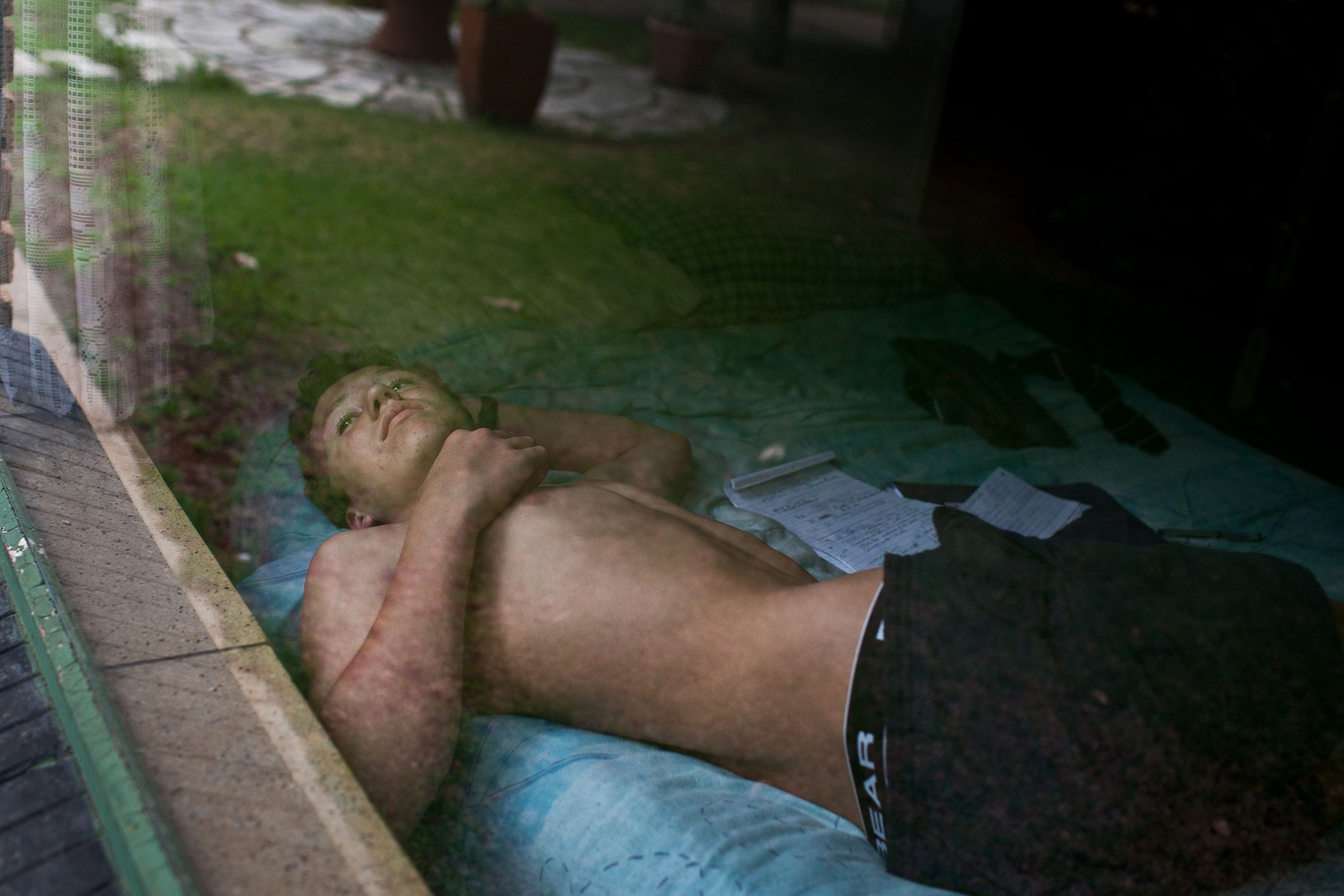
Still, the young couple, who now live in Cape Town, believe they are part of a “clean slate” in South Africa. Deetlef says she thinks her generation will lead the way toward true reconciliation, and that’s what Njiokiktjien wants to nurture with her book.
“I want to show the country and the rest of the world that there is this generation of young South Africans with such incredible willpower to reach their goals, sometimes even without jobs, and even though they are not being spoon fed, they are getting things done, because they try so hard. I believe they will create a positive future for South Africa.”
